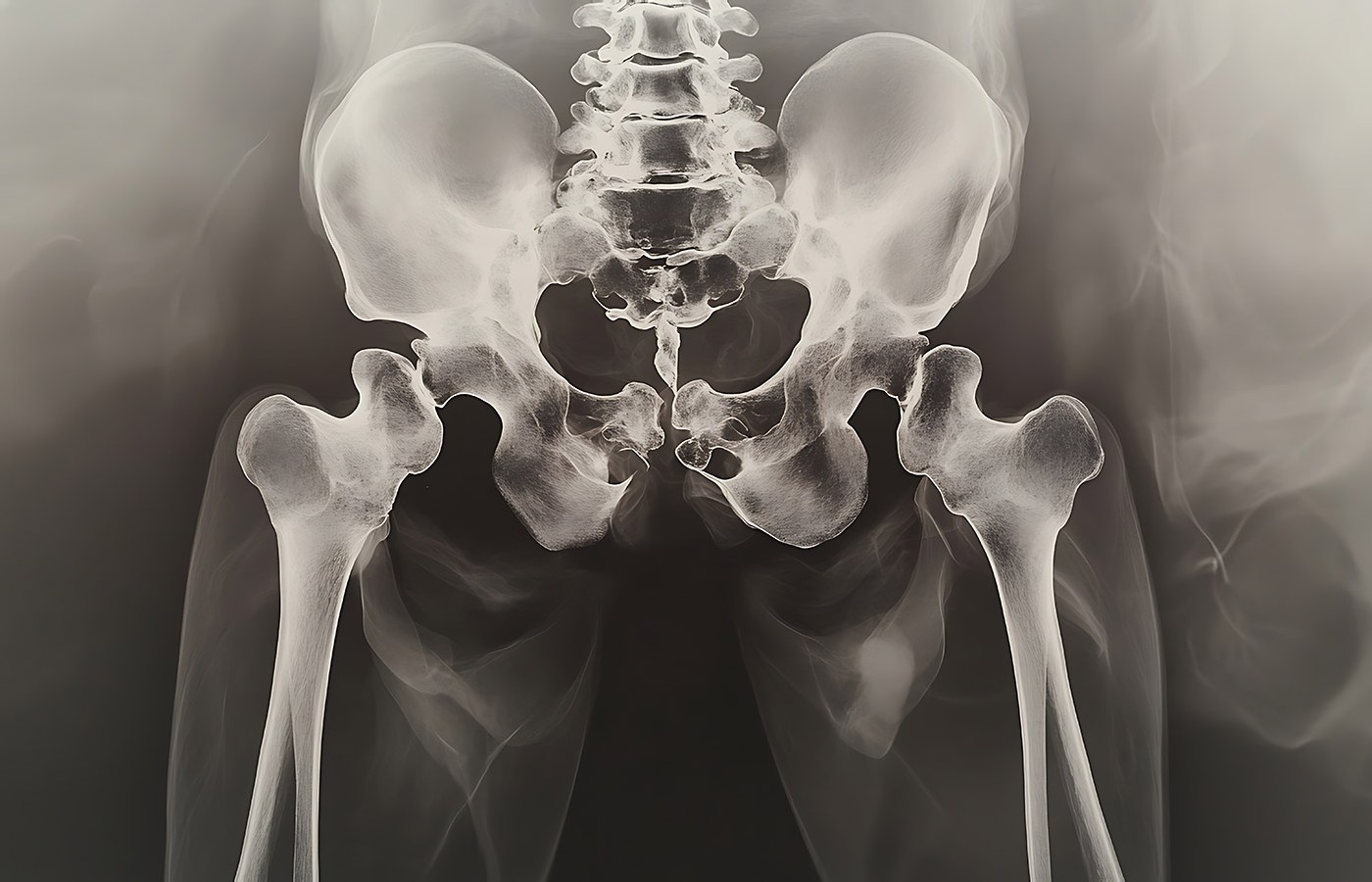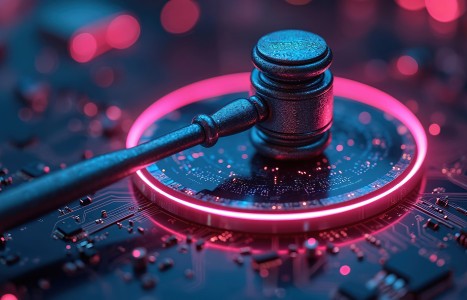On Oct. 21, 2025, a judge in Florida issued a groundbreaking decision in Complete Care v State Farm, 25-CA-1063. It concerns a fact pattern that many chiropractic doctors have faced wherein an insurer, such as State Farm or Allstate, decides to simply stop paying all claims submitted by a healthcare provider.
| Digital ExclusiveManaging Trochanteric Pain: Myths and Methods
- Regardless of the anatomical location, the cornerstone of treatment for tendinopathy is conservative care.
- Lifestyle changes, exercise, modalities, nutritional support, and CMT for pathomechanics are the baseline.
- The exercises must be performed with optimal technique, difficult enough to remodel the tissue, and gentle enough to not create an increase in symptoms.
Lateral hip pain, in the region of the greater trochanter, that is aggravated with walking, going up stairs, prolonged sitting, and lying on the same side is common. Add pinpoint tenderness to palpation and the diagnosis of trochanteric bursitis is given. Classically the treatment is rest, anti-inflammatory agents (nutraceuticals or pharmaceuticals) and a cortisone injection. This scenario is classically outdated, too.
Pain in the lateral hip provoked by physical activity and palpation is now termed greater trochanteric pain syndrome. In addition, MRI and diagnostic ultrasound of these patients demonstrate gluteal tendinopathy (gluteus medius and minimus especially) is present; however, concomitant bursitis s found in fewer than 30% of the cases. In addition, less than 3% of patients with trochanteric pain actually have isolated trochanteric bursitis.
Myth Buster #1: Localized lateral hip pain is rarely due to an inflamed trochanteric bursa. It is most likely a tendinopathy of the gluteus medius and minimus tendons.
Patient Demographics
The demographic for greater trochanteric pain syndrome spans a broad spectrum. Athletes with an increased training load, the presence of femoral acetabular impingement, adult males, as well as the typical post-menopausal female can all develop tendinopathy of the gluteal tendons. Additional predisposing factors include hip OA, hip replacement surgery, and knee OA that impacts hip arthrokinematics. In addition, postpartum females who are breastfeeding and returning to exercise can develop hip tendinopathy due to the drop in estrogen levels, which influences tendon load tolerance.
Myth Buster #2: Gluteal tendinopathy is not solely a condition found in postmenopausal women. It occurs in males and younger females (particularly postpartum runners), secondary to other hip conditions and following hip replacement surgery.
Diagnostic Considerations
Under load, tendinopathy will elicit pain. Palpable tenderness may or may not be present, but contraction of the corresponding muscle will increase symptoms in tendinopathy. Therefore, the best indicator for the presence of tendinopathy is a combination of palpable tenderness along with weakness and pain with isolated contraction.
Considering the gluteal muscles as a group provide stability for the pelvis in the swing (single-leg stance) phase of gait, both testing and rehab of gluteal tendinopathy (GT) need to be of sufficient load to achieve both diagnostic and therapeutic results.
Diagnostic imaging for tendinopathy includes musculoskeletal ultrasound and MRI, as both are highly sensitive to soft tissues. However, imaging alone cannot be used to diagnose any tendinopathy. Regardless of the body part, diagnostic accuracy for tendinopathy needs to be a constellation of exam findings.
The differential diagnoses to be considered include hip OA, myofascial trigger points, lumbar radiculitis, peripheral nerve entrapment, and vascular disorders. Positive findings in the 30-second single-leg stance, pain with resisted hip adduction, pain with resisted hip adduction with the hip and knee at 90 degrees of flexion (FADER-R test), plus pinpoint tenderness to palpation over the greater trochanter are the cluster tests for GT.
Myth Buster #3: There is no one test or indicator for GT. Palpation should be paired with active loading of the hip abductors for an accurate diagnosis. A cluster test for GT includes the 30-second single-leg stance. plus resisted hip abduction both side-lying and supine in the 90/90 position. In addition, diagnostic imaging can be added to the data set.
Management Perspectives
Gluteal tendinopathy has a high rate of chronicity. Recurrent and persistent symptoms are found in 50% of patients with greater trochanteric pain syndrome. A multimodal treatment program incorporating active care is best started early and completed until resolution. Clamshell exercises and stretching of the ITB will aggravate GT and are discouraged as part of the active care for GT.
The etiology of trochanteric pain includes hip morphology, aberrant kinematics, joint and muscle imbalances, and pelvic position. A shortened ITB has not been found to be related to lateral hip pain, and hip adduction actually aggravates GT. As for clamshell exercises, the movement creates compressive and frictional loading forces on the tendons and bursae, thus also aggravating the condition. Additionally, clamshell exercises only engage between 2%-27% of the gluteus minimus and medius fibers.
Myth Buster #4: GT is not a self-resolving condition and a wait-and-see approach is not recommended. GT needs to be treated early and include active care to avoid chronicity.
Medical management of tendinopathy and bursitis often includes cortisone injections, even in the absence of histological inflammation in the tissues. Although corticosteroids are powerful short-term analgesics, over time the benefits of corticosteroid injections are no better than a wait-and-see approach.
The adverse effects of cortisone injections include reduced cell viability, cell proliferation and collagen synthesis, as well as increased collagen disorganization and necrosis – none of which is beneficial for healing and long-term recovery.
Additionally, it creates a behavior of the patient looking for a “quick fix” and not undertaking responsibility for lifestyle changes that lead to long-term resolution. They continue to look for another shot when the pain returns, even if the relief is temporary.
Myth Buster #5: The use of corticosteroid inject-ions as a front-line intervention in the treatment of tendinopathy or bursitis is not supported in the current literature.
Tendinopathy often starts in the deeper fibers of the tendon and may progress to partial- and even full-thickness tears. Partial-thickness tears are common in patients over 50 years of age and have a low risk of progressing to full tears.
While full-thickness tears will produce a functional deficit, if the tear is localized within the tendon the deficit may be minor and not progress. Functional testing for muscle strength correlated with ADL deficits indicate the clinical significance of a full-thickness tear. Both partial- and full-thickness tendon tears require aggressive management to avoid chronicity.
Myth Buster #6: A majority of gluteal tendon tears do not require surgery. Surgery should only be considered after extensive conservative therapy and the persistence of functional deficits with weight-bearing and ADLs.
A multimodal approach to treatment of GT starts with correction of any pathomechanics in the lower extremity and pelvis. A comprehensive chiropractic evaluation is needed with the application of CMT as needed. Lifestyle changes include avoiding hip adduction. Activities such as sitting cross-legged, standing on one leg with the pelvis shifted laterally, side sleeping with the leg adducted, and gait imbalances all contribute to GT and need to be limited. Plyometric exercises, even running and exercise classes, need to be curtailed.
Progressive loading of the gluteal tendons can begin with isometric exercises, supine with the hips in 5-10 degrees abduction, and hip flexion. Gluteal bridge progressions are also beneficial, and elastic resistance can be placed above the knees to offer additional load to the hip abductors. As the patient improves, progressing to standing exercises will include ¼ squats, lateral band walks in ready position, and ultimately single-leg ¼ squats and Bulgarian split squats.
Clinical Tip: Exercises need to be performed with optimal technique and kinematics. Poorly performed active care will only reinforce the abnormal movement patterns already present.
In terms of volume, start isometrics at 5-10-second hold for 10 reps, twice daily. Start exercises at three sets of five reps, building to three sets of 15-20 repetitions, twice daily. The intensity of the exercises should be moderate, without an increase in symptoms. The patient already has pain with activity; therefore, the goal is to progressively load the gluteal tendons without an increase in symptoms, allowing the tissues to remodel.
Emerging therapies for the treatment for GT are rapidly advancing. Platelet-rich plasma injections and extracorporeal shockwave both show promise in the literature; however, there is abundant heterogeneity between many of the studies, making strong recommendations difficult. Empirically, laser, both low-level and high power; Transfer of Energy Capacitive and Resistive (TECAR), and pulsed electromagnetic field therapy are also useful for the management of tendinopathy.
Clinical Pearls
Regardless of the anatomical location, the cornerstone of treatment for tendinopathy is conservative care. Lifestyle changes, exercise, modalities, nutritional support, and CMT for pathomechanics are the baseline. The exercises must be performed with optimal technique, difficult enough to remodel the tissue, and gentle enough to not create an increase in symptoms.
Cortisone injections offer short-term relief at best and surgical considerations are best considered only after one year of rigorous conservative care.
Resources
- Bremer T, Nicklen P, Fearon A, Morrissey D. The efficacy of gluteal tendinopathy treatments: a systematic review. Clin Rehabil, 2025 May;39(5):600-617.
- Grimaldi A, Ganderton C, Nasser A. Gluteal tendinopathy masterclass: refuting the myths and engaging with the evidence. Musculoskelet Sci Pract, 2025 Apr;76:103253.
- Rau OR, Cheng J, Jivanelli B, et al. Extracorporeal shockwave therapy for tendinopathies around the hip and pelvis: a systematic review. HSS J, 2025 Apr 23:15563316251332189.



